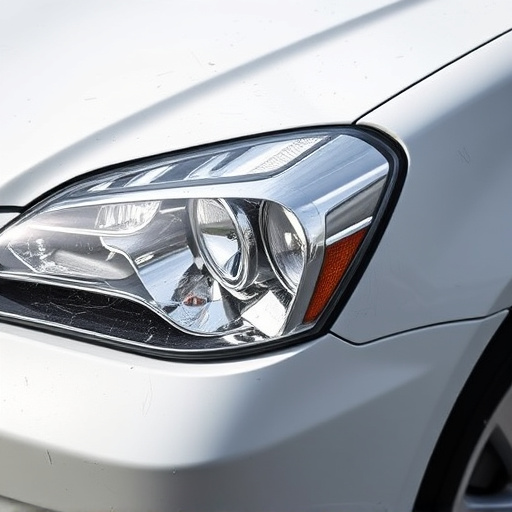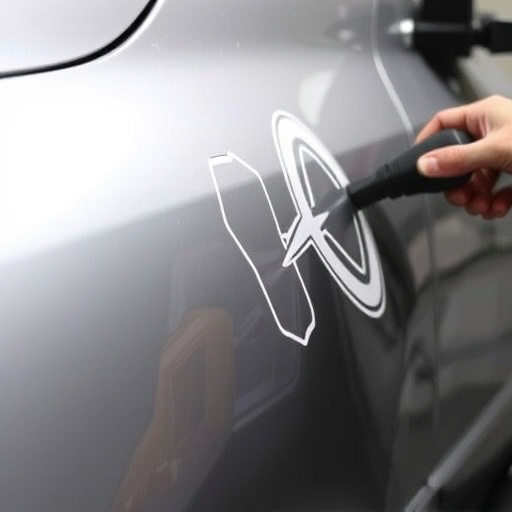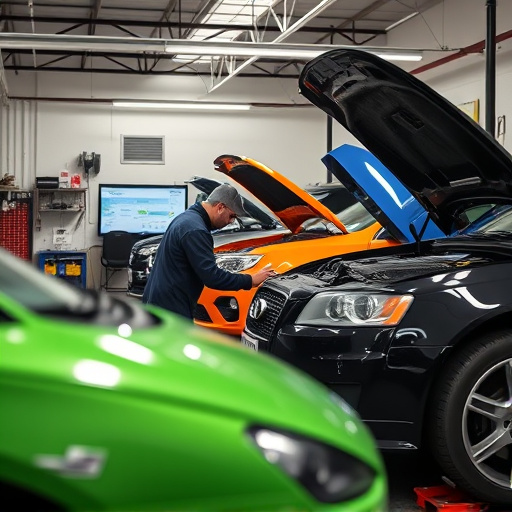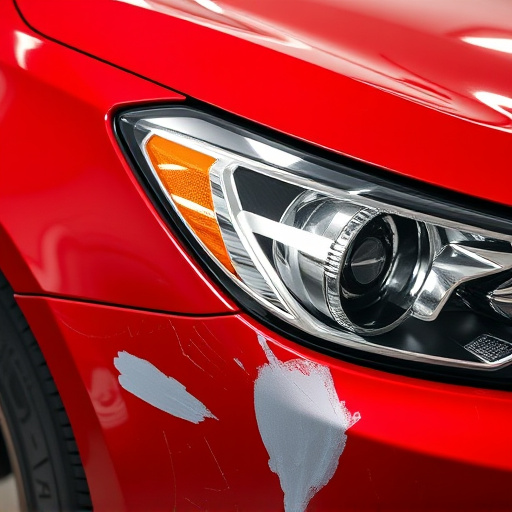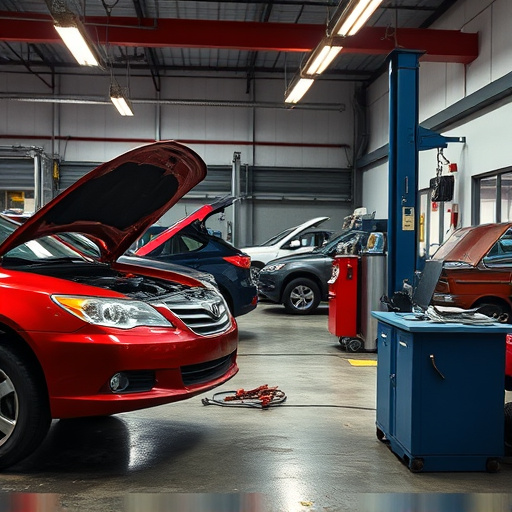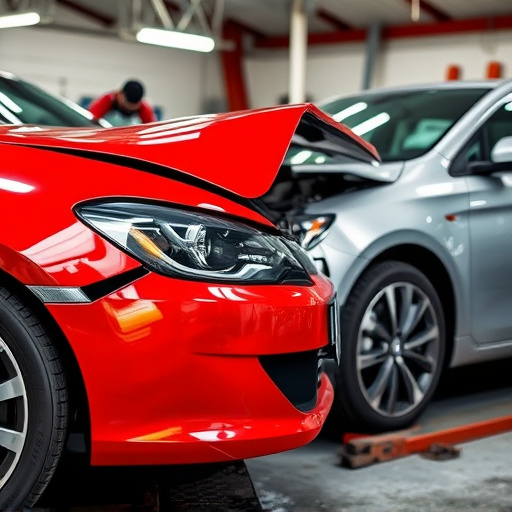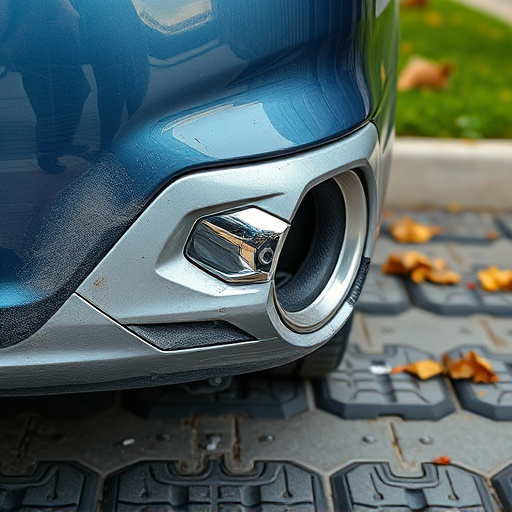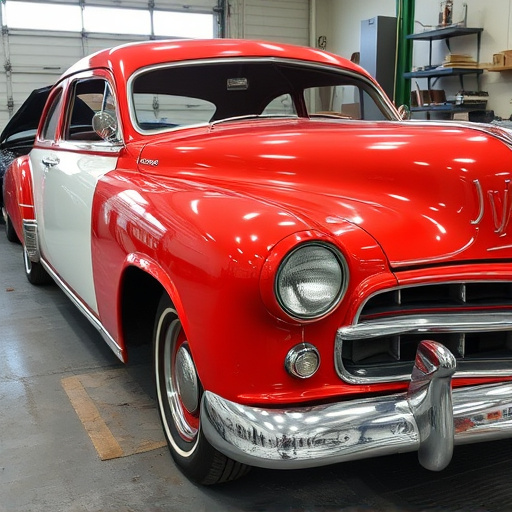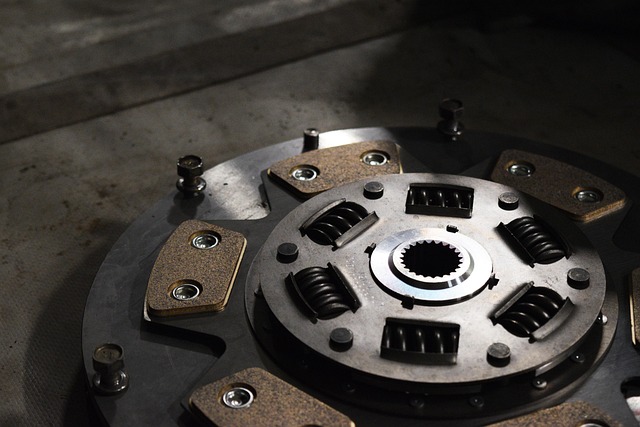Sustainable materials and eco-conscious practices in eco-friendly collision repair revolutionize the automotive industry. Recycled and biodegradable options like bamboo composites and water-based painting reduce environmental pollution, extend vehicle lifespan, and promote a circular economy. These methods enhance structural integrity, create safer work environments, and contribute to a healthier planet while ensuring high-quality repairs.
Eco-friendly collision repair is transforming the automotive industry by prioritizing both vehicle longevity and environmental sustainability. This innovative approach leverages sustainable materials, reduces waste and emissions, and optimizes repair processes. By adopting eco-conscious practices, collision centers ensure vehicles not only return to the road in excellent condition but also contribute to a greener future. Discover how these strategies support long-term durability and foster a more responsible automotive ecosystem.
- Sustainable Materials: A Key to Durability
- Reduced Environmental Impact: Longevity's Ally
- Efficient Repair Processes: Ensuring Lasting Quality
Sustainable Materials: A Key to Durability

Sustainable materials play a pivotal role in the eco-friendly collision repair process, contributing significantly to long-term vehicle durability. Traditional automotive body shops often rely on non-biodegradable components and toxic chemicals, leading to environmental pollution and potential health risks. In contrast, eco-friendly collision repair centers prioritize using recycled and sustainable materials, ensuring minimal environmental impact while maintaining structural integrity.
These materials not only reduce the carbon footprint of vehicle repairs but also enhance overall durability. For instance, recycled metal and composite materials are as strong as their conventional counterparts but offer better corrosion resistance. Similarly, natural fiber composites, like those derived from bamboo or hemp, provide exceptional strength-to-weight ratios while being highly sustainable. Furthermore, these materials can be easily recycled again at the end of a vehicle’s life, fostering a circular economy and further extending the lifespan of automobiles.
Reduced Environmental Impact: Longevity's Ally
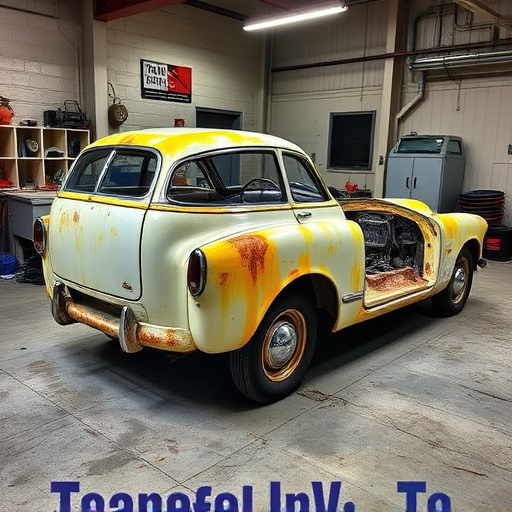
Eco-friendly collision repair practices significantly reduce the environmental impact of automotive body shop operations, contributing to longer-lasting vehicles and a more sustainable future. Traditional collision repair methods often rely on toxic chemicals and generate substantial waste, exacerbating pollution levels. In contrast, eco-friendly approaches prioritize sustainability by employing greener alternatives. These include using biodegradable materials for cleanup, non-toxic paints and adhesives, and implementing efficient recycling programs for discarded parts and materials.
By minimizing the release of harmful substances into ecosystems and promoting responsible disposal methods, eco-friendly collision repair services play a pivotal role in enhancing vehicle durability. Safer working conditions for technicians and reduced environmental degradation create a symbiotic relationship where longevity is fostered both within vehicles and the planet they inhabit. This holistic approach not only benefits individual cars but also contributes to a more robust and sustainable automotive industry as a whole, ensuring a cleaner, healthier future for all.
Efficient Repair Processes: Ensuring Lasting Quality

Eco-friendly collision repair processes are designed to ensure lasting quality while minimizing environmental impact. By employing advanced techniques such as precision tooling and water-based auto painting, technicians can achieve high-quality repairs that match the original vehicle finish. These methods not only preserve the car’s aesthetic appeal but also contribute to its long-term durability by preventing further damage from exposure to harsh chemicals.
Efficient repair processes involve innovative approaches like fender repair techniques that straighten and reshape metal without welding, reducing the risk of stress fractures. Car dent removal methods have evolved to be more precise and less invasive, ensuring that the car’s structural integrity remains intact. These eco-friendly practices not only benefit the environment but also guarantee that vehicles undergoing collision repair will continue to perform optimally, enhancing their overall longevity.
Eco-friendly collision repair isn’t just a trend; it’s a necessary step towards sustainable transportation. By prioritizing sustainable materials, minimizing environmental impact, and adopting efficient repair processes, we can ensure that vehicles not only last longer but also contribute to a greener future. This approach is a win-win for both consumers and the planet, promoting long-term vehicle durability in an environmentally conscious way.



